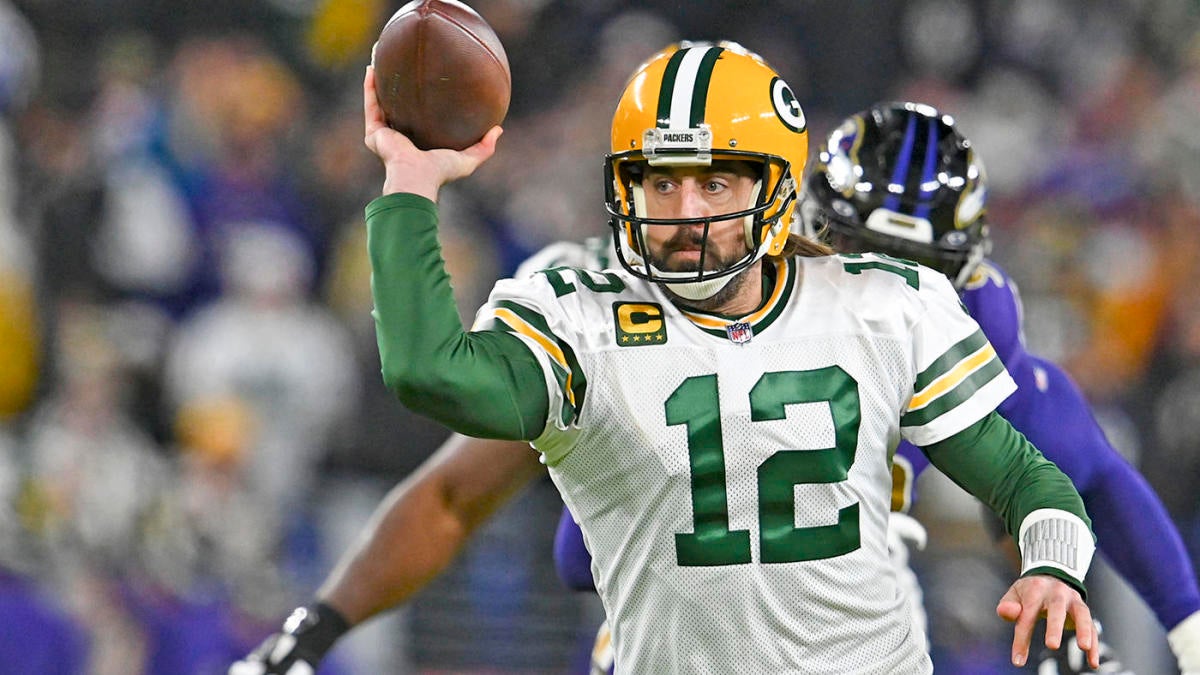The Return of Credit Risk Doesn’t Have to Be an Unwanted Sequel
Written by ABC Audio All Rights Reserved on December 30, 2021


Consumer credit risk was in retreat in 2021. It might begin to return next year, though not necessarily in a way that should worry bank investors yet.
The average rate of delinquent payments rose from October to November across loans from six large credit-card banks, according to master trust figures compiled by S&P Global Market Intelligence. So did the average rate at which bad card debts were charged-off. The increases were fairly small: Charge-offs rose from 0.9% to 0.95% of loans, and delinquency was up from 0.8% to 0.82%. And those levels are still superlow, roughly half the levels they were at two years ago.
Still, analysts at Moody’s Investors Service wrote in December that “exceptionally strong consumer loan asset quality has reached a turning point,” with delinquent payments and charged-off credits starting to increase as support measures like stimulus recede. They noted pressure on some renters as eviction moratoriums end.
At the same time, many also expect a slow and steady reversion to normal. Moody’s doesn’t expect bank credit card or auto loan charge-offs to peak until 2023. Americans generally have lots of equity in their homes right now, and mortgage lenders are eager to supplement volumes with cash-out refinancing products. Used-car values are still high, too, supporting both consumer balance sheets and recoveries for bad loans. A tight labor market could also help people avoid the kinds of extended unemployment that supercharge credit problems.
There may be markers along the way that could point to things not unfolding quite so steadily, like if people’s relatively high savings run out quickly and lead to a jump in nonpayments. Perhaps there are also effects of the Covid-19 Omicron variant, which has interrupted some commerce and work but hasn’t yet been accompanied by any stimulus.
In any event, investors also need to weigh what effect an uptick in credit losses would actually have on lenders’ earnings. Banks still have relatively large loan-loss cushions. This is because of big reserves added in 2020, and due to a new loan-loss accounting method that went into effect for many banks at the start of that year. So banks may not have to make unusual provisions in earnings even if credit deteriorates from here.
Allowances for losses as a percentage of loans and leases at large U.S. banks have come down almost a percentage point from their 2020 peak of 2.6%, according to Federal Reserve figures. But they are still almost half a point above where they were at the end of 2019.
Then there is loan growth. Banks’ net interest income overall could still be growing because they are earning it on a larger amount of borrowing. And, if the Fed raises rates, most credit-card rates automatically ratchet higher, which typically pads banks’ margins. Losing money is easier to handle when there is just more to go around.
Write to Telis Demos at telis.demos@wsj.com
Copyright ©2021 Dow Jones & Company, Inc. All Rights Reserved. 87990cbe856818d5eddac44c7b1cdeb8
— to www.wsj.com
The post The Return of Credit Risk Doesn’t Have to Be an Unwanted Sequel appeared first on Correct Success.
![Download your Women of Color Expo Seminar Schedule here! [FREE TO ATTEND] Download your Women of Color Expo Seminar Schedule here! [FREE TO ATTEND]](https://kvsp.com/wp-content/uploads/2024/04/businesswoman-making-presentation-at-conference-2023-11-27-05-15-58-utc-1024x683.jpg)





